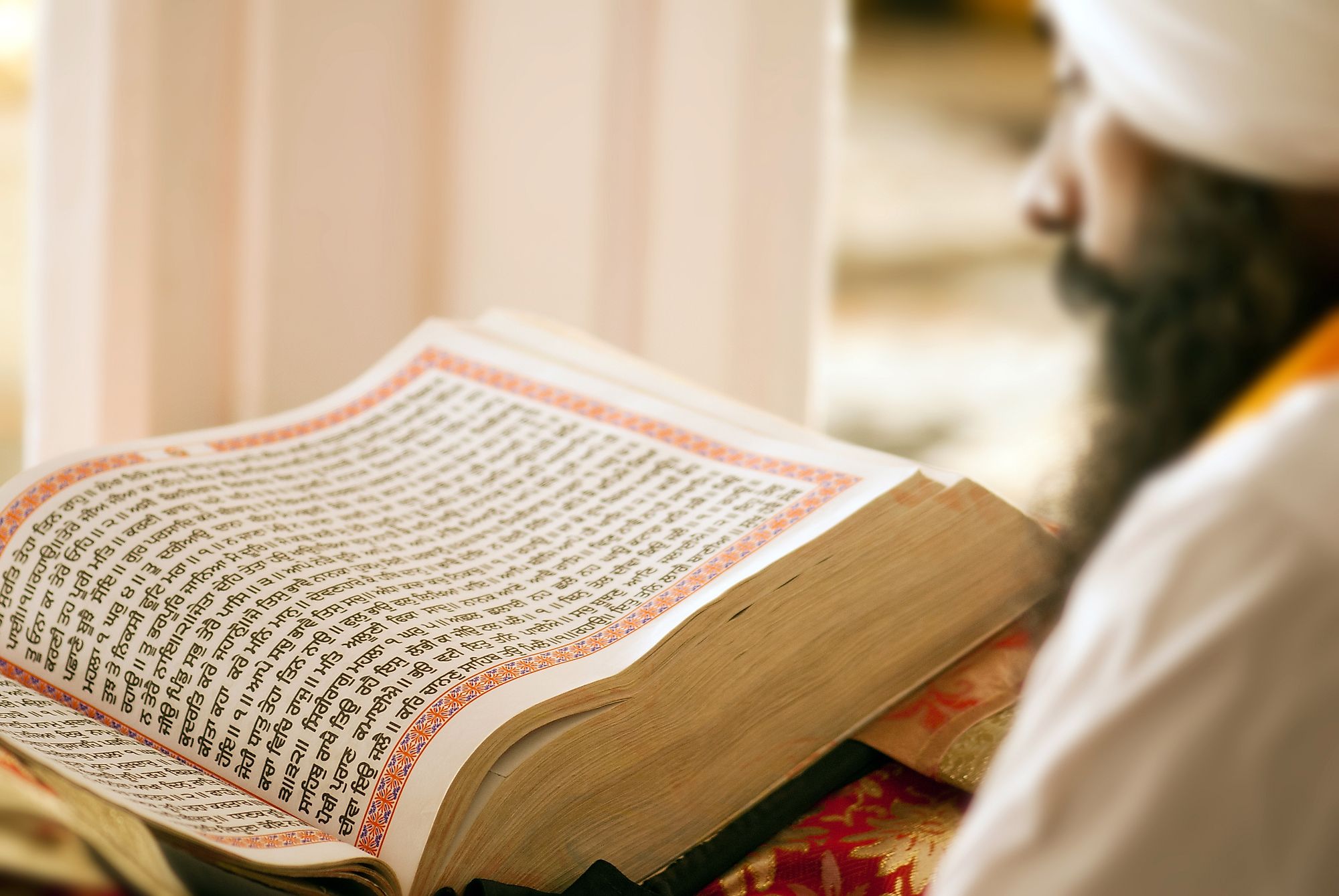
Punjabi Language
Punjabi is one of the ancient Indo-Aryan languages that is considered the world’s 9th most widely spoken language. Punjabi is widely spoken by several people residing in India, Pakistan, United States, United Arab Emirates, Canada, Australia, France, Netherlands, New Zealand, Italy, and England. It is estimated that there are currently 113 million people who speak Punjabi as their native language. At present, two scripts are used for writing the Punjabi language. These include the Gurmukhi script used by the Sikhs residing in India; and the Shahmukhi script mainly used by the Punjabi Muslims in the Punjab province of Pakistan.
History of The Punjabi Language

The word Punjabi has been derived from the Persian words ‘Punj’ and ‘ab’, where ‘Punj’ means five and ‘ab’ means water. Therefore, the name Punjab means “the land of five rivers” and refers to the five major tributaries of River Indus, including the Ravi, Jhelum, Chenab, Beas, and Sutlej that flows through the Punjab region. It is believed that the Punjabi language originated as an ‘Apabhramsa’ form of the Prakrit language in the 7th century and became established by the 10th century. Punjabi is also thought to have originated from the Paishachi Prakrit language, widely spoken in India’s northern and north-western parts. The earliest writings in the Punjabi language belong to the Nath Yogi period, dating from the 9th to 14th century AD. Guru Nanak, the founder of Sikhism, made it a “sacred language.” His successor Guru Angad further enriched the Punjabi language by developing its Gurmukhi script. Guru Arjan Dev – the 5th Sikh Guru, compiled the “Adi Granth” or the first volume of the holy Guru Granth Sahib in the language’s Gurmukhi script. With the Muslim conquests of the Indian Subcontinent, many Arabic and Persian words became incorporated into the Punjabi language.
Geographic Distribution
At present, Punjabi is India’s 11th most widely spoken language as well as the official language of the Indian State of Punjab and is spoken by about 31.14 million people. Punjabi is also considered to be an additional official language in the states of Delhi and Haryana. In India, the language is mainly spoken in the major cities of Amritsar, Ambala, Jalandhar, Patiala, Hoshiarpur, Chandigarh, Bathinda, and the National Capital Territory of Delhi. In Pakistan, about 80.05 million people speak the Punjabi language, and it is considered the provincial language of Pakistan’s Punjab province. The Punjabi language is also widely spoken by the Punjabi diaspora spread worldwide, such as in Australia, Canada, the United States, and the United Kingdom. Currently, Punjabi is Canada’s 4th most spoken language and the 3rd most spoken language in the United Kingdom.
Dialects of Punjabi Language
In India, the major dialects of the Punjabi language include Doabi, Majhi, Malawi, and Powadhi that are strongly influenced by the regional Hindi/Sanskrit languages. In Pakistan, the principal dialects include Majhi or Standard Punjabi, Multani, Hindko, Lahndi, and Pothohari, which are influenced by the regional Sindhi, Arabic, Persian, and Central Asian languages. Majhi or Standard Punjabi is the largest and the most widespread dialect of the Punjabi language. The Punjabi Muslim Sufi poets Bulleh Shah and Shah Hussain developed the Shahmukhi script with Persian vocabulary using this dialect. In the later years, the Sikh Gurus developed the Gurmukhi script based on Standard Punjabi. Occasionally, the Hindus residing in the Indian States of Himachal Pradesh, Haryana, and Rajasthan use the Devnagari alphabet for the Punjabi language.











